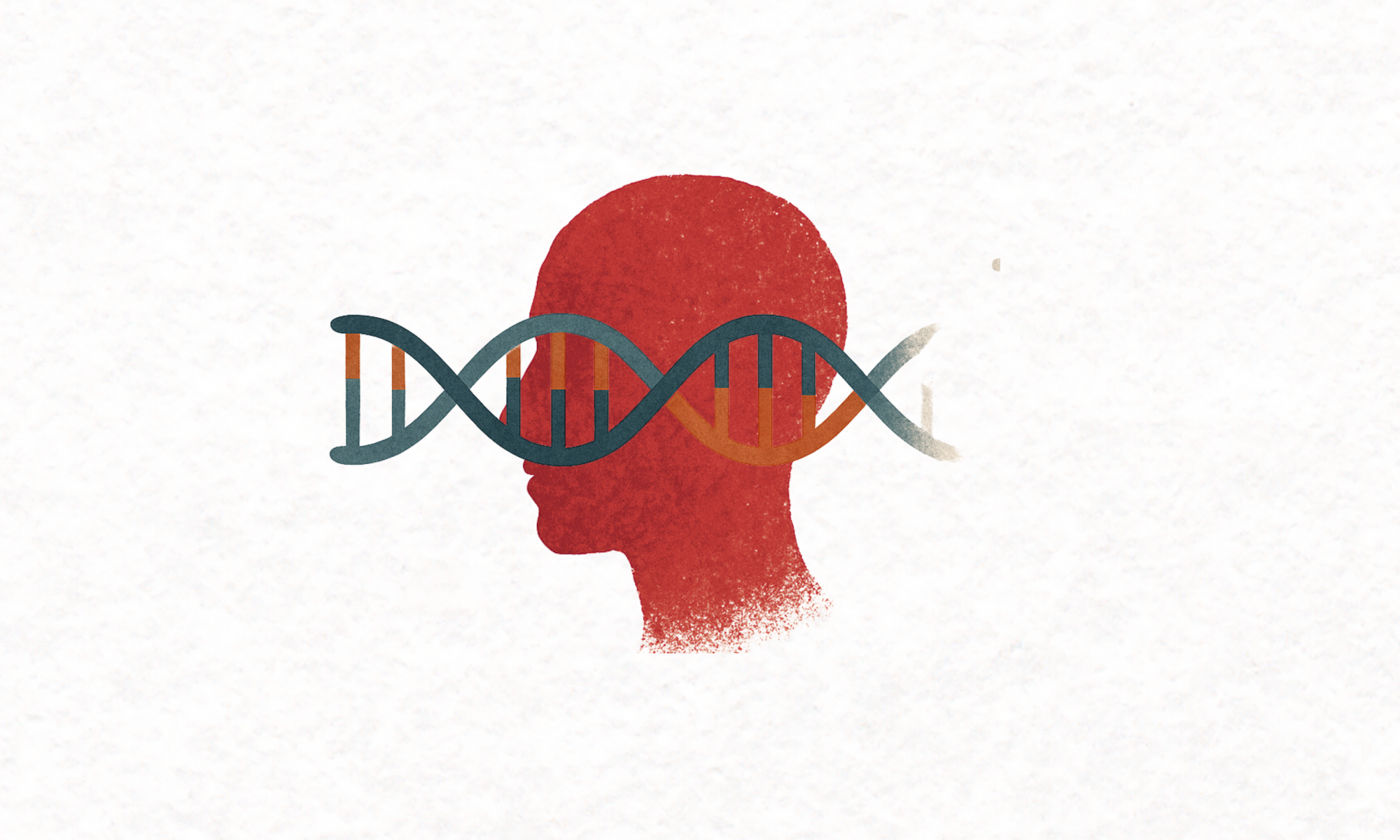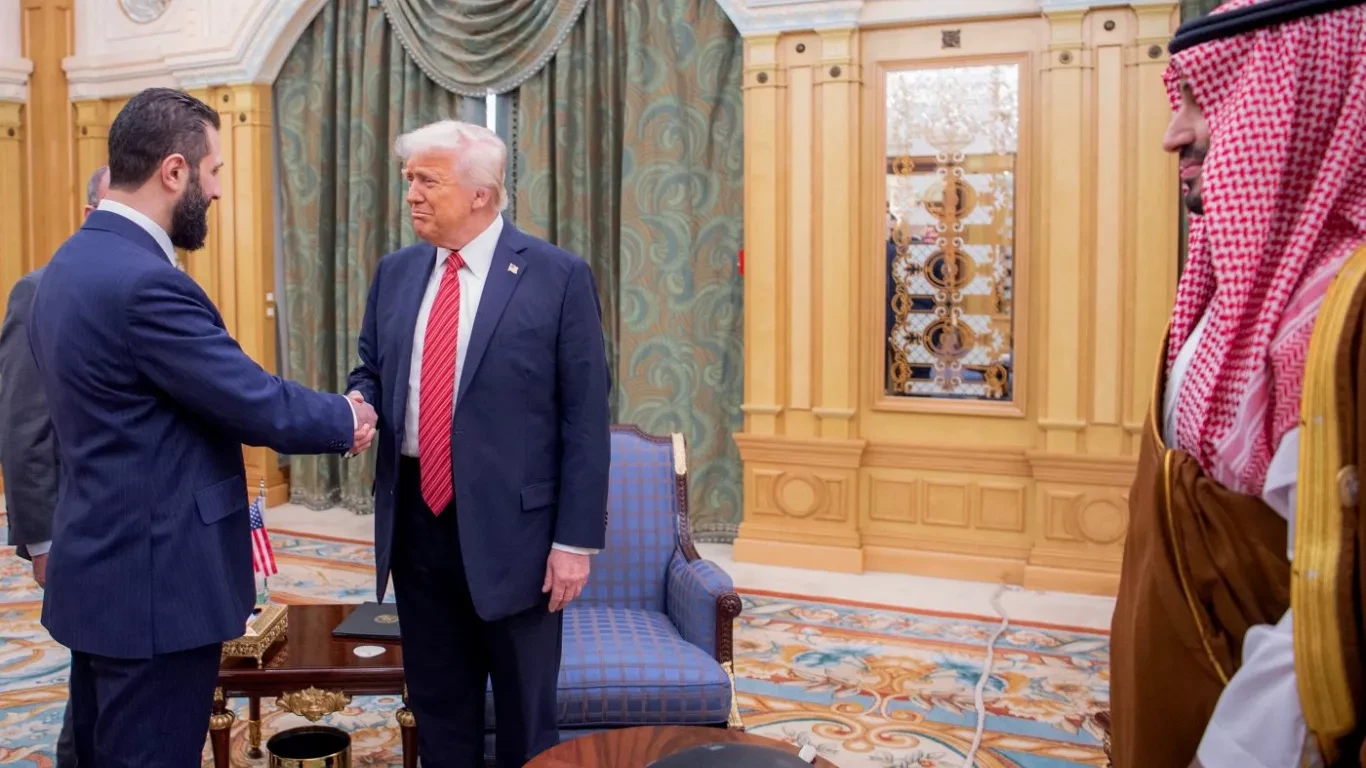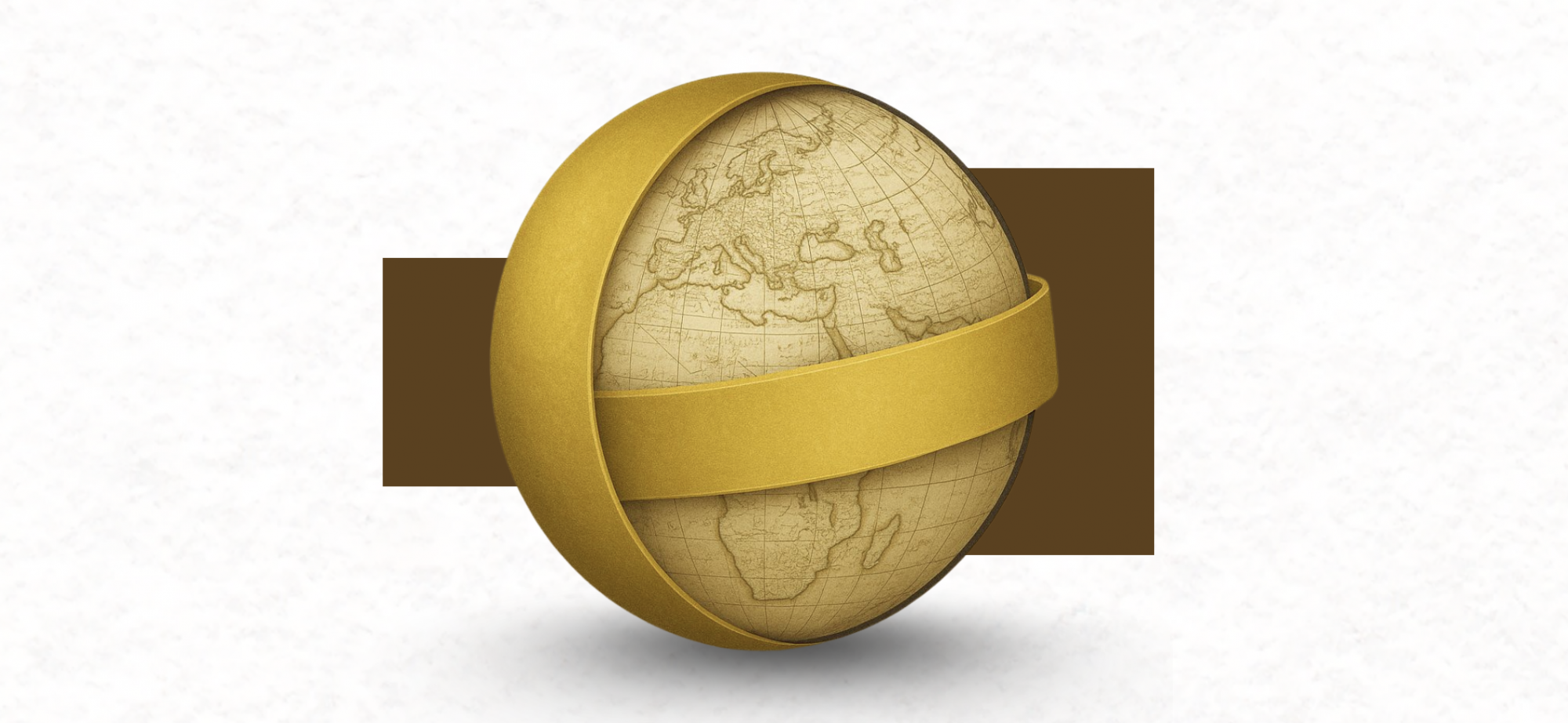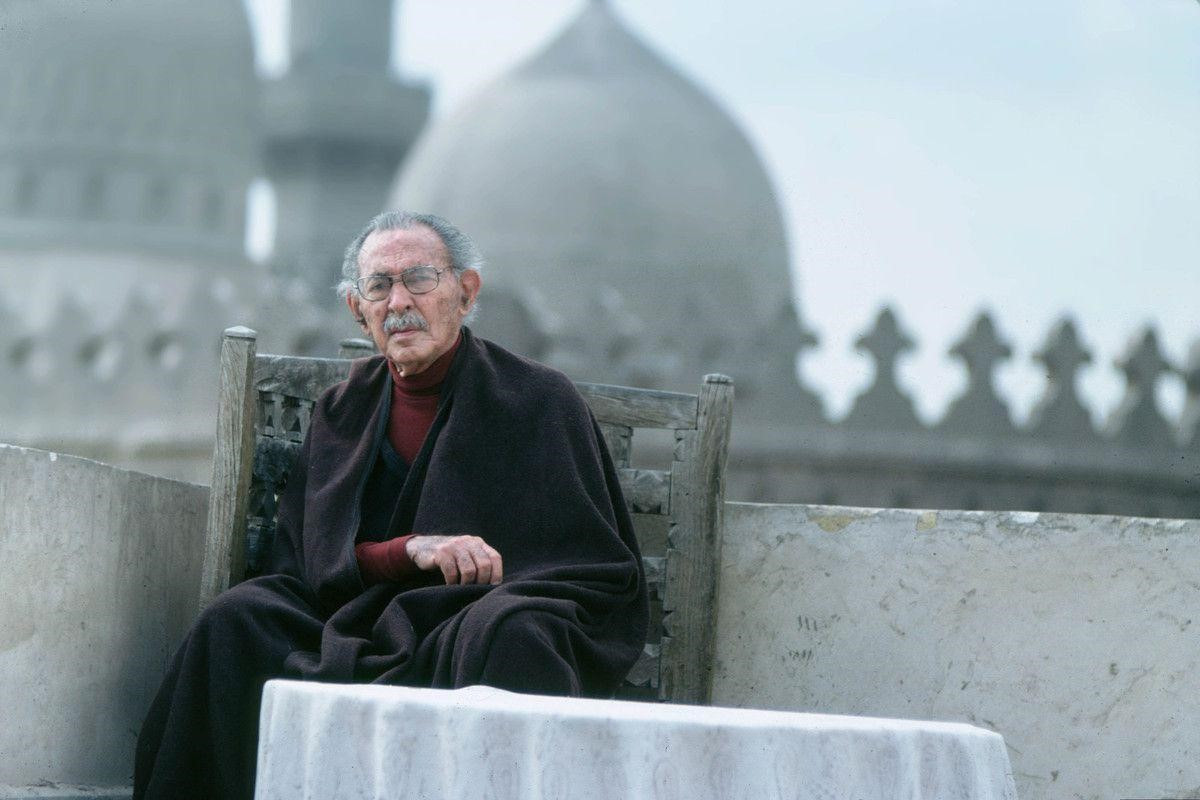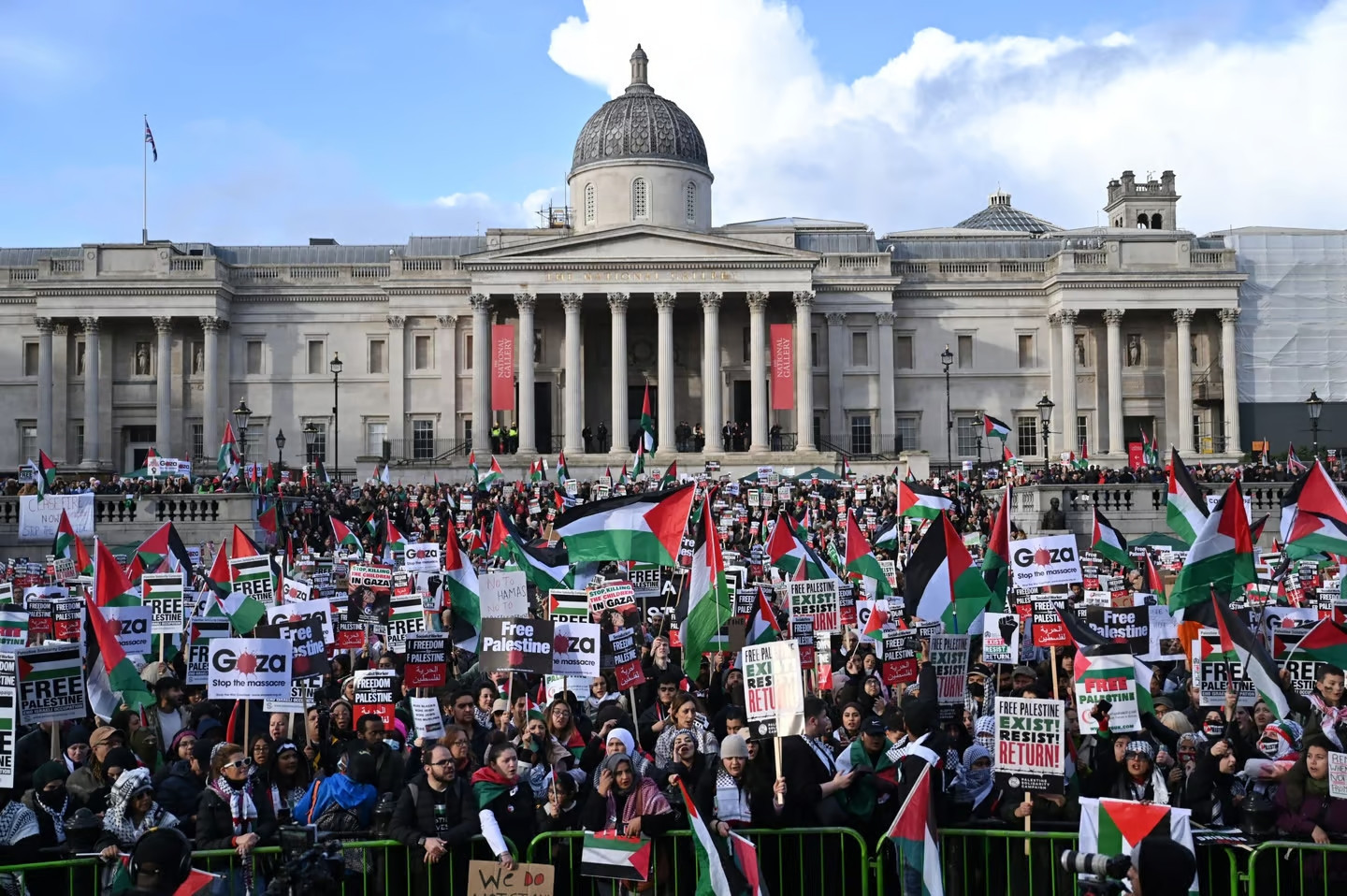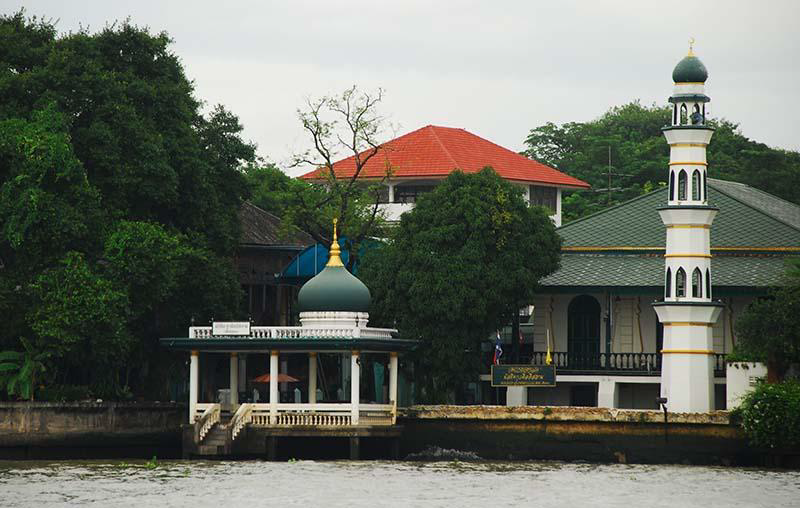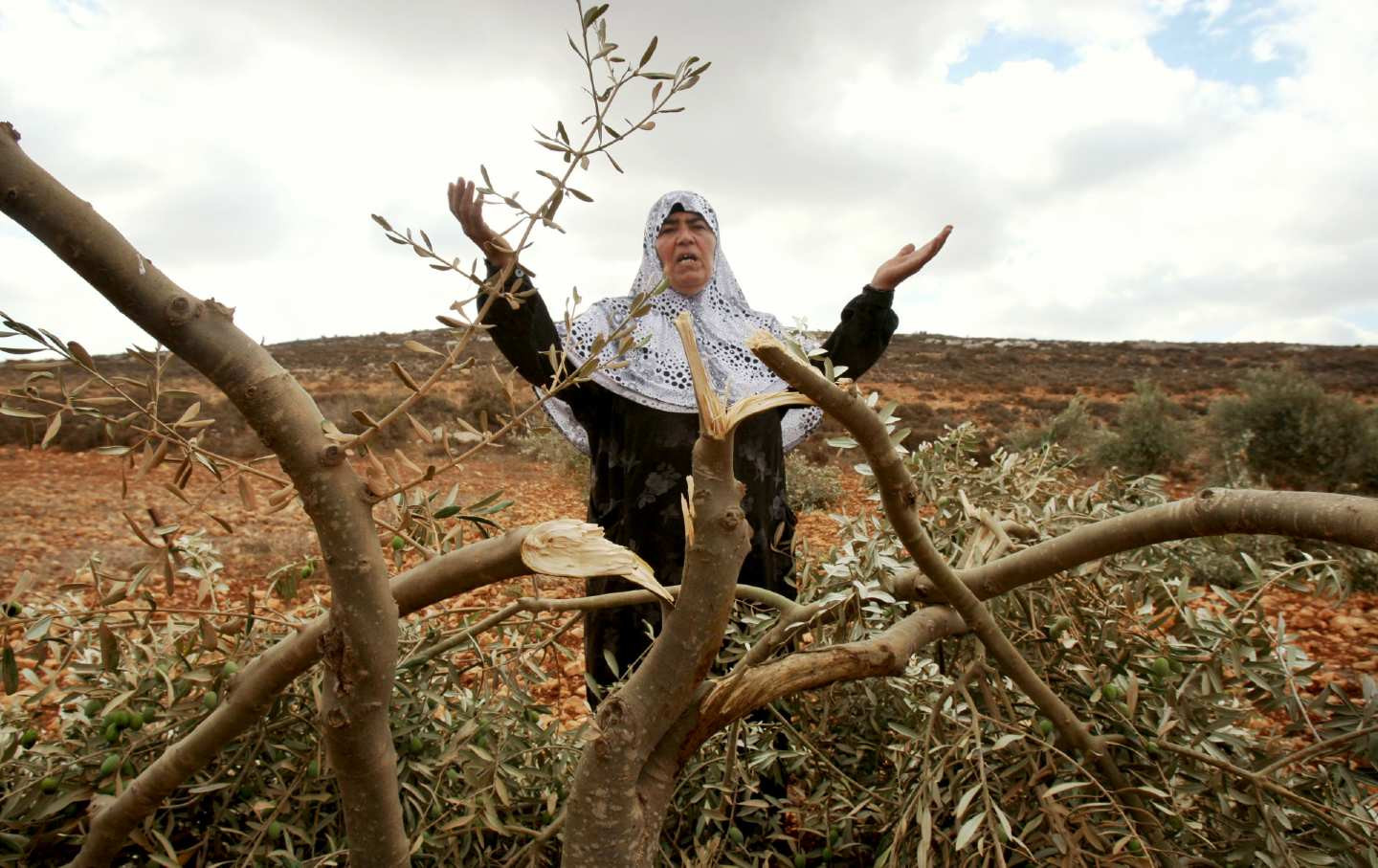
Beyond the Occupation: Israeli Settler Colonialism
Israel as an occupying power, Israel as an apartheid regime, Israel as a Zionist institution, Israel as a settler colonizer... As the phrase goes, it is a situation on the horns of a dilemma. There is certainly no doubt about Israel's organized evil and cruelty. However, the theoretical framework in which we theoretically situate Israel is crucial for analyzing its long-term ambitions in practice and for defending the true freedom of Palestine.
On 1 February 2022, Amnesty International published a report entitled "Israel's apartheid against Palestinians: A Cruel System of Domination and a Crime against Humanity." Amnesty International declared Israel an "apartheid" regime and documented Israel's racist and violent apartheid crimes thoroughly. The accusation of Israel's apartheid crimes had already been expressed before Amnesty by organizations such as BT'Salem, Human Rights Watch, and BDS. While it is important to show the apartheid framework in order to demonstrate Israel's inhumane practices against Palestinians to the international public, it is not enough. Because Israel's cruel practices in the Palestinian territories did not emerge in a limited and temporary period, its practices in the Palestinian territories are part of a settler colonialist system that implements a long-term Zionist project extending from its establishment in 1948 to the following centuries. This article will examine how Israel has built a settler colonial system with oppressive practices in Palestine throughout the years.
Establishment of Israel as a Settler Colonial Actor
Analyzing the structural continuity of Zionist settler colonial practices spanning from pre-1948 to the present and beyond is essential to liberate the issues in Palestine from being perceived as exceptional and to move beyond a shallow perspective, such as liberal equality. A reading of Palestine that ignores the structural continuity of settler colonialism means ignoring the roots of the problems (Salamanca, 2012).
A reading of Palestine that ignores the structural continuity of settler colonialism means ignoring the roots of the problems.
According to Patrick Wolfe, settler colonialism is based on the logic of eliminating the indigenous. The settler colonial movement destroys the old before replacing it with the new. In describing settler colonialism, Wolfe points to the words of Theodor Herzl: "If I wish to substitute a new building for an old one, I must demolish before I construct," and also quotes Meron Benvenisti, once Mayor of West Jerusalem, "I myself made the desert bloom by uprooting the ancient olive trees" (Wolfe, 2006).
In his pamphlet, Autoemancipation, Leon Pinsker wrote that anti-Semitism was deeply embedded in European society and that Europeans would never see Jews as equals. The dream of Jews returning to Zion emerged in the 19th century in a theo-political context. The pressures on Jewish groups in Russia and Poland due to anti-Semitism in Europe, coupled with the winds of nationalism beyond religious belief, gave rise to Political Zionism. The establishment of small agricultural settlements in Palestine by the group organized as "Lovers of Zion" in 1884, despite its failure at the time, marked the first steps toward the establishment of modern Israel. Theodor Herzl, the father of political Zionism, wrote the book The Jewish State, pointing out the lack of a political state for Jews and laying the foundations for organizing Political Zionism. While political Zionism was being organized, the settler colonialist movement planted its poisonous roots in Palestine with the declaration issued by Arthur Balfour, the Foreign Secretary of Britain at the time, endorsing the idea of "the establishment in Palestine of a national home for the Jewish people" (Cleveland, 2004).
According to Ilan Pappe, the Balfour Declaration, which saw Jews as the indigenous people of Palestine and the majority of the population, distorted the reality in Palestine and became a symbol of the settler colonial paradigm. Thus, Britain granted international legitimacy to the settler movement, as an act of a tolerated minority at best and as usurpers at worst. In other words, it granted legitimacy to Israel's forced eviction of Palestinians from their homes (Pappe, 2020).
Making the Desert Bloom or Destroying Palestine
The settler colonialism movement, rooted in a land-centered project, goes back to the establishment of Zionism. The Zionist movement, aimed at "fixing" the landscape that had ceased to be the homeland of the Hebrews, was supported by the narrative of "greening the rural areas devastated by Arabs."
The logic of "eliminating the native" that Patrick Wolfe emphasized was firmly embedded in the foundations of Zionism's colonization of Palestine. Veracini also notes that the critical difference between colonialism and settler colonialism is that colonialism seeks to perpetuate itself, while settler colonialism seeks to "eliminate itself" as a colonizer. In a colonized society, it succeeds when the difference between colonizer and colonized is maintained, whereas, in a settler colonial society, it ultimately succeeds when the "settler" is no longer defined as "native" (Veracini, 2013). In this regard, the Zionist movement employed three activities to manifest the settler colonial method: tree planting, map-making, and archaeological excavations.
In a colonized society, it succeeds when the difference between colonizer and colonized is maintained, whereas, in a settler colonial society, it ultimately succeeds when the "settler" is no longer defined as "native."
Established in 1901, The Jewish National Fund (JNF) not only encouraged land acquisition in Palestine but also initiated a tree-planting campaign in Jewish settlement areas. Since the olive tree is naturally associated with Palestine and Palestinians, it was replaced by pine trees that could be considered to signify a Jewish identity. While olive trees were uprooted, pine trees were planted in their place, so much so that planting pine trees became a ceremony and even a duty for the Jews. The pine tree, known as Jerusalem Pine, was especially preferred to make Jews feel at home because it was known as a European tree and was resistant to drought. As the pine trees took root in Palestinian lands, they became symbolic of Jewish identity and were instrumental in the indigenization of Jews (The Olive and The Pine, 2022).
On maps entitled "Eretz Yisrael," Israel presented the land of Palestine as a largely empty plateau, fragmented only by the presence of Jewish settlements, and utilized it as a propaganda tool for colonization. Archaeological excavations carried out to bring ancient Hebrew artifacts to light in the holy lands for the return to Zion have been depicted as a "land deed" supporting the idea of a legitimate homeland for the Jewish people. Between 1947 and 1949, with the establishment of the State of Israel, 750,000 Palestinians were displaced from their land, and hundreds of Palestinian villages were destroyed under the Jewish National Fund's afforestation project. The settler colonial practices that began with the establishment of Israel continue today, resulting in the dispossession of Palestinians through both legal means and violence (Fields, 2023).
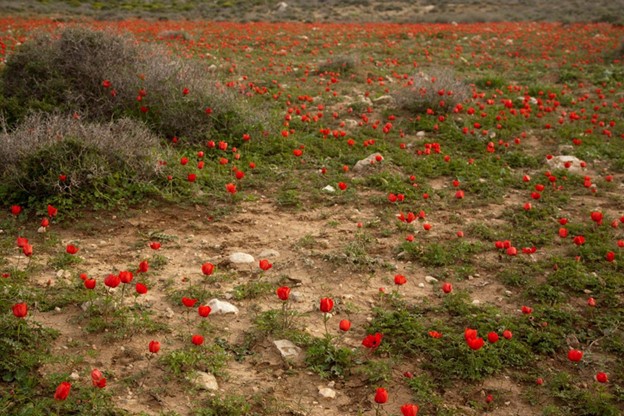
A Photo at the Israeli Desert Bloom Season Events
Source: Rove.me
Silent Genocide as a Practice of Settler Colonialism
Patrick Wolfe argues that settler colonialism is a "structure" rather than an event. According to him, settlers come to "stay," and settler colonialism is not an incident but a structure. While acknowledging that settler colonialism can lead to genocide, Wolfe contends that it is not just a form of genocide but conceptualizes the relationship between settler colonialism and genocide as "structural genocide."
Since the direct target of settler colonialism is land, the logic of elimination involves more than the dispossession of indigenous people. While striving to eliminate the native population in the occupied lands, the settler colonialists also build a new colonial society there. Therefore, settler colonialism reveals its complex societal structure by establishing a "structure" on the lands occupied by settlers, demonstrating continuity over time (Wolfe, 2006).
Although structural genocide, which has evolved from a historical event into a discourse and institutional formation, is fundamentally "less soft" than resorting to violence, the system is not less destructive or less annihilating. As a settler colonial actor, Israel has left its mark on structural genocide through decades of committing crimes against humanity in Palestine.
Israel has left its mark on structural genocide through decades of committing crimes against humanity in Palestine.
The narrative that Zionism portrays Palestine as a land of deserts and swamps provided a solid foundation for implementing settler colonialist practices, masking them with legitimacy through development and infrastructure projects in supposedly fixable lands. The sole aim of the Zionists was not only to return to their so-called ancestral lands but also to fix the corruption in the land of "milk and honey" as holy books describe it. Even Theodor Herzl mentioned in his diaries the possibility of establishing chemical industries by utilizing the highly sulfurous Dead Sea. In 1959, construction began on the National Water Carrier to enable irrigated agriculture, especially in arid regions such as the Naqab [or Negev] desert. During construction, 7 million cubic meters of soil were excavated, and 500 thousand cubic meters of concrete were poured. This project, which transported water from the Sea of Galilee to the Naqab, caused detrimental environmental effects, including lowering water levels in the lake, the Jordan River, and the Dead Sea, leading to soil salinization. However, Israel's irrigation and land policies became a driving force behind the dispossession and de-peasantization of Palestinians (Tal, 2008).
In 1980, while 64% of Jewish cultivated lands were irrigated, the water consumption for irrigation used by Palestinians was only 2.7%. By 2008, more than 12% of Palestinian lands were left without irrigation, and only 2.2% of freshwater was allocated for irrigation (Tanous, 2023). The alienation of locals from the land has transformed them into consumers of their own food rather than producers, making the Palestinian people dependent on the Israeli market (Bostancı, 2022).
The displacement and de-peasantization of Palestinians from their lands also degrade their physical and social environments, worsening nutrition and health conditions. As a land-centered project, the settler colonial project has transformed the relationship of the inhabitants to the land, leading to health inequalities and the spread of metabolic and infectious diseases. For instance, the forced urbanization and de-peasantization of the Naqab region residents have resulted in a significant increase in diabetes and sugar-related diseases. This situation is associated with the transition from agricultural to commercial food and decreased physical activities in the re-planned and organized region (Tanous, 2023).
While Palestinians were uprooted and expelled from their lands within Israel's logic of "elimination," the granting of citizenship to Palestinians within the Green Line was also a reflection of the settler colonialist practice. According to Lana Tatour, the Israeli citizenship given to Palestinians within the Green Line was not about equal citizenship but was used as a tool of dispossession, domination, and erasure. Through citizenship, Israel transformed the lands from Arab/Palestinian to Jewish and produced settlers as indigenous while rendering Palestinians as foreigners. While the Israeli citizenship regime turned Jewish settlers into natural subjects, the same right to citizenship was constructed as a blessing for Palestinians. Thus, citizenship has become a practice of settler colonialism by eliminating the natives and producing new natives in their place (Tatour, 2019).
Through citizenship, Israel transformed the lands from Arab/Palestinian to Jewish and produced settlers as indigenous while rendering Palestinians as foreigners.
Since 1967, Israel has politically and geographically fragmented Palestine, dispossessing all Palestinians and privileging Jews in the distribution of land and resources. Palestinians in the West Bank and Gaza are considered stateless. The right of return for Palestinians displaced in the 1947-49 and 1967 conflicts is still denied. In annexed East Jerusalem, the residency permits of 14,000 Palestinians granted since 1967 have been revoked by the Ministry of Interior, forcing them to move outside the city. Moreover, in the Naqab region, which Israel has sought to Judaize since its establishment, 35 villages housing 68,000 people are unrecognized by Israel, and essential services such as electricity and water are not provided to these villages. While the construction of settlements covers 10% of the West Bank, 38% of Palestinian lands in East Jerusalem were expropriated between 1967 and 2017 (Tanous, 2023).
Settler Colonialism Under the Guise of Development
One of the most important areas where Israel exercises its settler colonial ambitions on the Palestinian territories and gains legitimacy is in its development policies. The distinctive features of settler colonialism, such as land expropriation and dispossession, are also reinforced through the strengthening and management of infrastructure networks.
Since the 2000 Al-Aqsa Intifada, Israel has confiscated many Palestinian homes and destroyed infrastructure in the West Bank and Gaza, and continues to fragment the Palestinian territories through the "closure regime." The closure regime, under the pretext of Israeli security concerns, harshly restricts the movement of Palestinians through checkpoints, barriers, separate road networks, and walls. Four years after the Al-Aqsa Intifada, the Israeli Ministry of Defense attempted to weave a new infrastructure fabric for the Palestinian population through an initiative titled "Palestinian Fabric of Life," citing the need for an honorable life for Palestinians. However, with the "Everything Flows" plan, the Fabric of Life led to a complete division by creating alternative roads purportedly to facilitate the movement of people and goods through checkpoints. These roads expanded settler areas while continuing to displace Palestinians from their lands.
Presenting the Fabric of Life roads as a technocratic and apolitical issue, Israel instrumentalized development as a band-aid solution to further its settler colonial ambitions, legitimizing its usurpation with the support of international funds. In addition to legitimizing colonialism, the Life Fabric roads became a way for Israel to increase its visibility and impose its dominance. The rhetoric of development has legitimized and reformulated Israel's settler colonial actions. According to Keller Easterling, the most radical change in contemporary Palestine is not written in the language of law and diplomacy but in space and infrastructure (Salamanca, 2016).
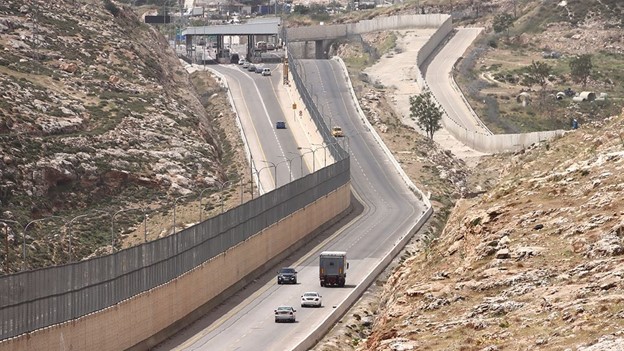
View of the separated road known as the “Aparteid Wall” in the West Bank
The occupation of Palestinian territories did not begin on October 7, of course. Infamous for killing civilians and innocent people since its establishment, Israel has been committing crimes against humanity for years. Indeed, the oppression will not end even when Israel's attacks end. As a settler colonial actor, Israel has been constructing a settler colonial "structure" in Palestine, a structure it has been sustaining and deepening for years to eliminate Palestine and Palestinians.
Confining the events since October 7 and Israel's crimes to a limited time and space is a major handicap in understanding the true freedom of Palestine. Indeed, Israel is openly committing genocide before the eyes of the world, but this is not the whole story. As a settler colonial actor, Israel has continued its "silent" genocide in Palestinian territories for years. However, the international community, which occasionally reacts to Israel's inhumane practices, is quite convinced or, at best, hesitant to speak out about Israel's settler colonial presence in Palestine.
Since its establishment, Zionism, a land-centric settler colonial project, has been uprooting olive trees and planting pine trees, irrigating agricultural lands taken from Palestinians, "making the desert bloom," and constructing roads under the rhetoric of development to restrict the freedom of Palestinians, while polishing its own domination and oppression and continuing to gain legitimacy on Palestinian lands. Therefore, it does not seem possible to demand the real freedom of Palestine without analyzing the dynamics of the settler colonialist structure that Israel has established on Palestinian territories.
References
Barakat, R. (2018). Writing/righting Palestine studies: settler colonialism, indigenous sovereignty and resisting the ghost(s) of history. Settler Colonial Studies, 8(3), 249-363.
Bostancı, C. (2022). Gıda Guvenliğinde Kuresel Normların İkilemi: Bir Ornek Olarak Filistin. Intellectual Streams in the Muslim World 20. Retrieved from https://www.ilkeanaliz.net/2022/10/31/gida-guvenliginde-kuresel-normlarin-ikilemi/
Cleveland, W. (2004). A history of the modern Middle East. [Modern Ortadoğu tarihi]. Istanbul: Agora Bookstore.
Fields, G. (2023). Colonization and Dispossession: Zionism’s Imagined Geography. Retrieved from https://www.palquest.org/en/highlight/33670/colonization-and-dispossession
Pappe, I. (2020). From Balfour to the Nakba: The settler colonial experience of Palestine. Middle East Eye. Retrieved from https://www.middleeasteye.net/opinion/balfour-nakba-settler-colonial-experience-palestine
Salamanca, O. J. & Qato, M. Vd. (2012). Past is present: Settler colonialism in Palestine. Settler Colonial Studies, 2(1), 1-8.
Salamanca, O. J. (2016). Assembling the fabric of life: When settler colonialism becomes development. Journal of Palestine Studies, 46(4), 64-80.
Tal, A. (2008) Enduring technological optimism: Zionism’s environmental ethic and its influence on Israel’s environmental history. Environmental History, 13(2), 275-305.
Tanous, O. (2023). “You, as of now, are someone else!”: Minoritization, settler colonialism, and indigenous health. Journal of Palestine Studies, 52(1), 68-68.
Tatour, L. (2019). Citizenship as domination: Settler colonialism and the making of Palestinian citizenship in Israel. Arab Studies Journal, 27(2).
Tatour, L. (2021). Why calling Israel an apartheid state is not enough. Middle East Eye. Retrieved from https://www.middleeasteye.net/opinion/why-calling-israel-apartheid-state-not-enough
Tatour, L. (2022). Amnesty report: The limits of the apartheid framework. Middle East Eye. Retrieved from https://www.middleeasteye.net/opinion/israel-amnesty-apartheid-report-limits-framework
Veracini, L. (2014). Understanding colonialism and settler colonialism as distinct formations. International Journal of Postcolonial Studies, 16(5), 615-633.
Wolfe, P. (2006). Settler colonialism and the elimination of the native. Journal of Genocide Research, (8)4, 387-409.
Selvanur Demircan
Selvanur Demircan graduated from Istanbul University, Department of Political Science and International Relations in 2021. She is currently pursuing her master's degree in the same department. She works as a Researcher at the Center for Social Though...
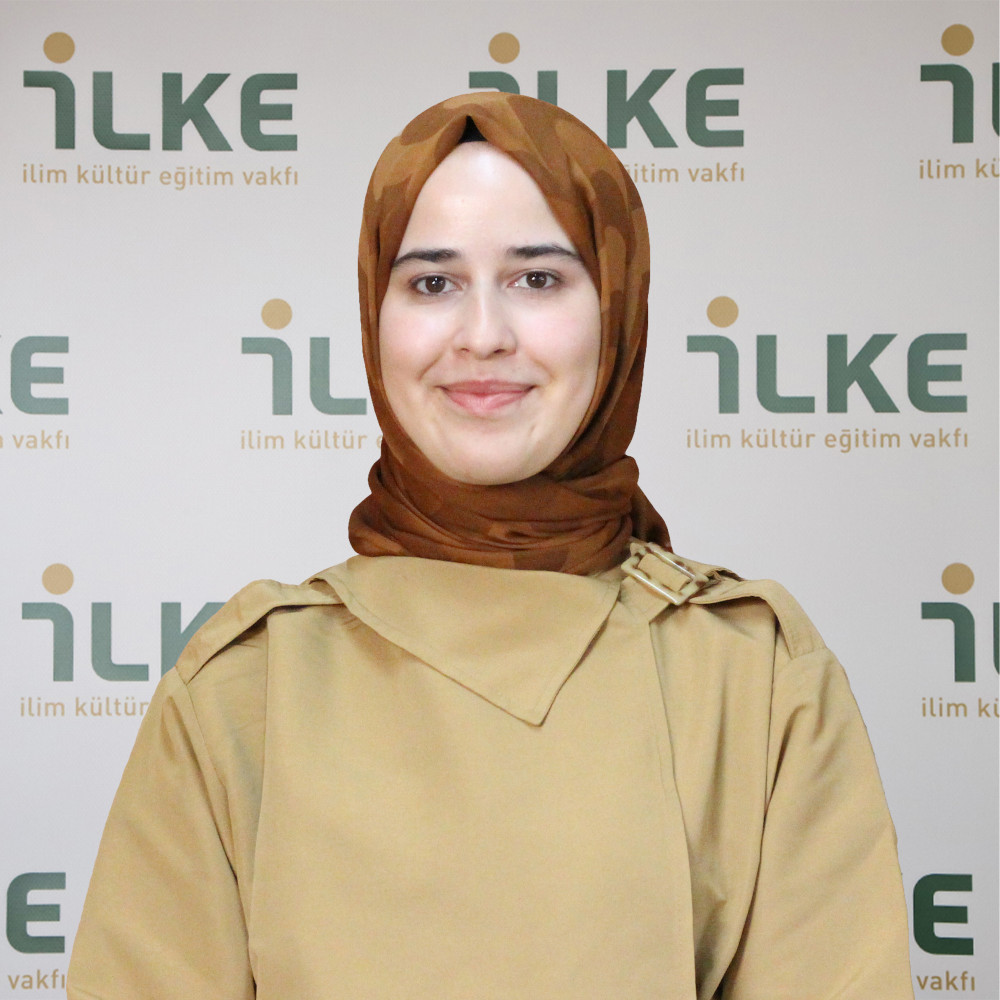 Selvanur Demircan
Selvanur Demircan

